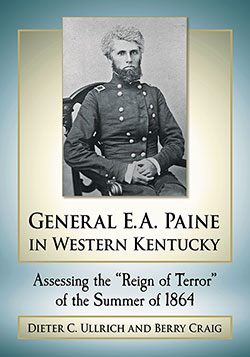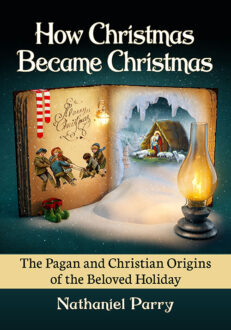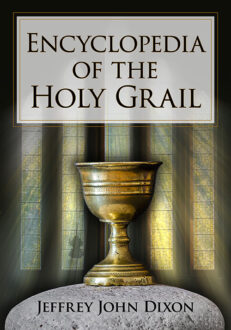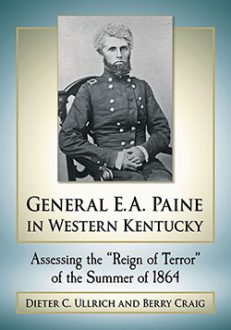General E.A. Paine in Western Kentucky
Assessing the “Reign of Terror” of the Summer of 1864
$39.95
In stock
About the Book
When General E. A. Paine assumed command of the U.S. Army’s District of Western Kentucky at Paducah in the summer of 1864, he faced a defiant populace, a thriving black market and undisciplined troops plagued by low morale. Outside the picket lines, guerrillas pillaged towns and murdered the vocal few that supported the Union. Paine’s unenviable task was to enforce discipline and to mollify the secessionist majority in 2300 square-mile district.
In less than two months, he succeeded where other commanders had failed. For secessionists, his tenure was a “reign of terror”—for the Unionist minority, a “happy and jubilant” time.
An abolitionist, Paine promoted the enlistment of black troops and encouraged fair wages for former slaves. Yet his principled views led to his downfall. Critics and enemies falsified reports, leading to his removal from command and a court-martial. He was exonerated on all but one minor charge yet generations of historians perpetuated the Paine-the-monster myth. This book tells the complete story.
About the Author(s)
Bibliographic Details
Dieter C. Ullrich and Berry Craig
Format: softcover (7 x 10)
Pages:
Bibliographic Info: ca. 50 photos, appendices, notes, bibliography, index
Copyright Date: 2018
pISBN: 978-1-4766-7143-7
eISBN: 978-1-4766-3098-4
Imprint: McFarland
Book Reviews & Awards
“The authors have deeply researched the complex cast of characters… Carefully analyzed by the authors, whose conclusions make fascinating reading.”—North & South Magazine





